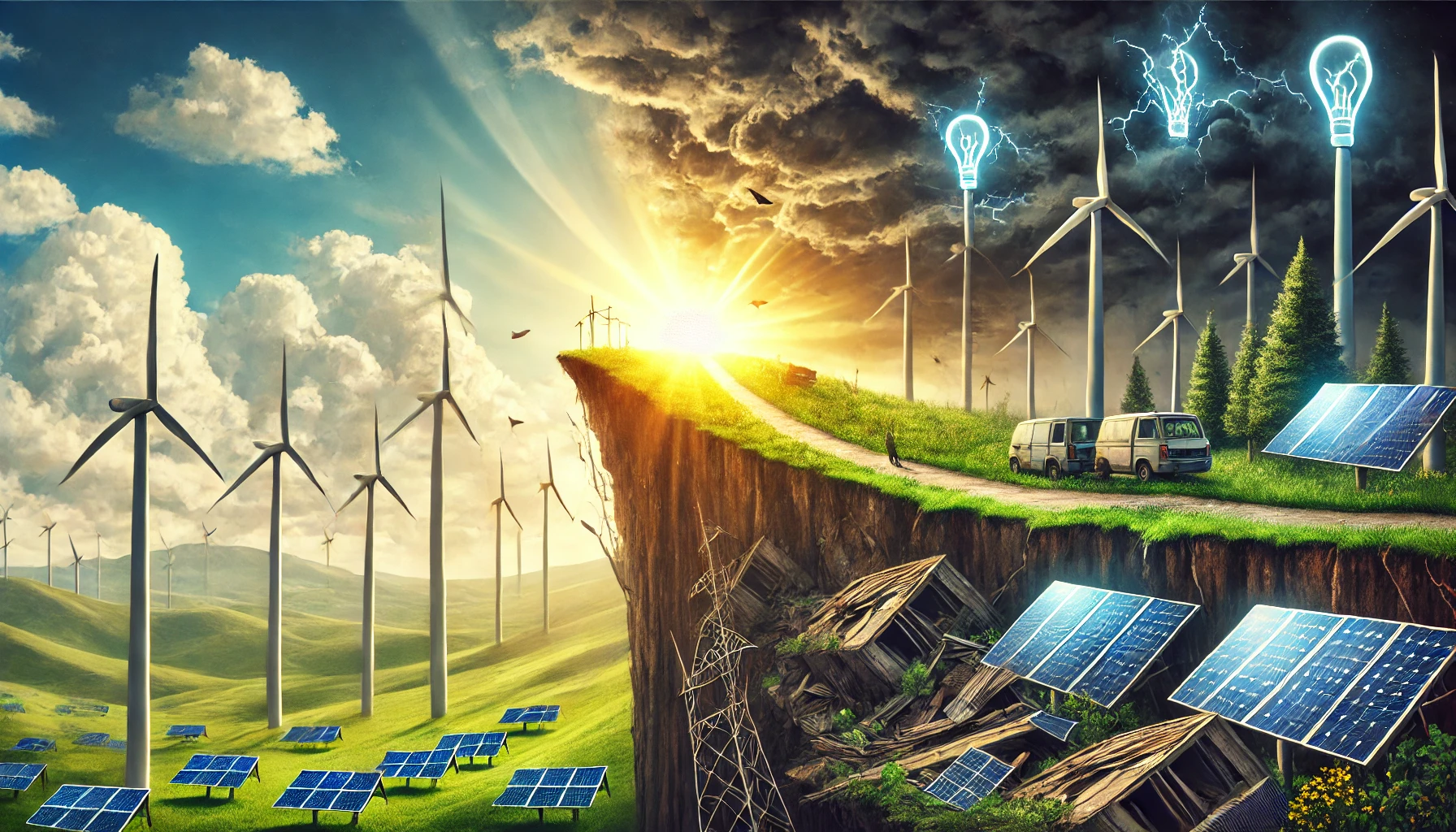Introduction: Clean Energy’s Promising Future
The clean energy industry has seen immense growth over the past few decades, driven by the increasing demand for renewable energy sources and government incentives aimed at reducing carbon emissions. However, despite the industry’s promising future, many companies in the clean energy sector have struggled to stay afloat financially. In this article, we will explore the reasons behind the bankruptcy of several clean energy companies, with insights from TechCrunch and other news sources.
What Caused the Collapse of Clean Energy Companies?
The Cost of Innovation
Developing new technologies in the clean energy sector often requires large upfront investments in research and development. Companies must continually innovate to stay competitive, but the financial burden of innovation can be too great for some, leading to bankruptcy.
Market Volatility and Economic Pressures
The clean energy market is highly sensitive to global economic trends. Market fluctuations, rising raw material costs, and government policy changes can all contribute to the financial instability of clean energy companies.
Regulatory Challenges and Policy Shifts
Government policies play a significant role in the success of clean energy companies. Sudden shifts in regulations, such as cuts in subsidies or changes to tax incentives, can have a severe impact on the financial health of these businesses.
Notable Clean Energy Companies That Went Bankrupt
1. SolarCity
SolarCity, once one of the leading solar energy companies in the U.S., faced financial turmoil before its eventual bankruptcy in 2016. Despite strong backing from investors like Elon Musk, the company struggled with rising debt levels and an inability to reach profitability.
2. SunEdison
SunEdison was once a leading player in the solar energy market, with ambitious plans to dominate the industry. However, the company’s aggressive expansion and large debts led to its bankruptcy filing in 2016. This case highlights the risks of rapid growth without solid financial backing.
3. Solyndra
Solyndra was a shining example of government-backed clean energy companies, with over $500 million in loan guarantees from the U.S. Department of Energy. However, Solyndra’s innovative solar panels couldn’t compete with lower-cost Chinese imports, leading to its bankruptcy in 2011.
4. Abound Solar
Abound Solar was another company that fell victim to financial instability despite receiving government loans. The company’s bankruptcy was caused by its inability to secure enough market share, coupled with technical problems in its solar panels.
What Can We Learn from These Failures?
The Importance of Financial Management
One of the most important lessons from the bankruptcies of clean energy companies is the critical need for solid financial management. Companies that fail to properly balance their finances, control debt, and manage risks are more likely to fail.
Balancing Innovation with Sustainability
While innovation is crucial to advancing the clean energy sector, companies must also ensure that their business models are sustainable. Overly ambitious expansion or lack of proper market research can lead to failure.
The Role of Government Support
The role of government incentives and subsidies cannot be underestimated in the success of clean energy companies. However, businesses must also be prepared for potential shifts in policy that could impact their financial stability.
How TechCrunch and Other Media Report on Clean Energy Bankruptcies
The TechCrunch Perspective on Clean Energy Failures
TechCrunch, a leading technology news outlet, frequently covers the rise and fall of clean energy companies. Their reporting often highlights the innovative technologies being developed but also focuses on the financial realities these companies face, including their struggle to secure funding and navigate economic challenges.
Broader Industry Impact
Bankruptcies in the clean energy sector have a ripple effect throughout the industry. These failures can lead to job losses, reduce consumer confidence in renewable energy technologies, and make it harder for remaining companies to secure funding.
What’s Next for the Clean Energy Industry?
Emerging Trends in Clean Energy
Despite the challenges faced by clean energy companies, there is still a strong push toward renewable energy adoption. New technologies, such as energy storage systems and more efficient solar panels, offer hope for the future of clean energy.
A New Wave of Clean Energy Startups
The clean energy industry is witnessing a new wave of startups that are focused on more sustainable business models. These companies are leveraging innovative technologies, such as artificial intelligence and blockchain, to reduce costs and improve efficiency.
The Role of Investors in Shaping the Future
Investors are starting to take a more cautious approach when backing clean energy startups. However, those who are willing to invest in the industry’s future are playing a key role in pushing for new, sustainable innovations.


